
Different Types of Pimples & Treatments for it
Using good skincare products, following a healthy diet, and maintaining a good night's sleep every day may keep pimples at bay. But not all pimples will go away so easily.
Ask any sound dermatologist, and they will tell you the intricate details of why pimples and acne may take a toll on your physical and mental life. But worry no longer – there are effective treatments that help you get rid of pimples within some days.
Welcome to this post that will talk about how we get pimples, what causes them, and how we can prevent them from occurring. Let's unlearn and relearn different types of pimples on face and other parts of your skin & holistically treat them.
Who Gets Acne?
No matter your skin color, age etc. pimples might occur anytime and anywhere in life. But of course, there are a few factors that influence their occurrence. A few of them are below-offered:
- People who neglect using the right skincare products
- Hormonal changes, which usually occur during adolescence
- Several lifestyle factors may have an influence, for example, smoking, alcohol consumption that worsens it, dehydration
- Picking one pimple can give rise to many (squeezing them leads to scars and blemishes)
- Including a lot of processed food and sugar in your diet
- Too much stress worsens it
Also read: Causes and symptoms of hormonal acne
What are the Different Types of Pimples?
Watching your firm and youthful skin in the mirror might sound impossible because no matter what ways you follow to get rid of acne, they are too pesky to dent your confidence. Understanding the different types of pimples and the treatment options can improve things. So, are you ready to get an insight into that front? Discover these common pimple types and treatments:
1. Blackheads
Blackheads or acne vulgaris are common types of acne on face. They are open bumps occurring on the skin. They fill with excessive oil & dead skin. Also, they appear when pores get clogged with excess oil, dead skin cells, and bacteria.
In addition, they can affect different parts of your body, such as your neck, face, chest, and back. At times, they may appear on armpits, ears, butt, and even thighs. So, if you spot a dirt-like area in a bump on your skin, it might be a blackhead.
Dermatologists recommend using products that contain salicylic acid, azelaic acid, benzoyl peroxide, or retinoids. Other than that, oral antibiotics and laser skin surfacing are used to treat severe conditions.
Also read: How to get rid of blackheads effectively
2. Whiteheads
Increased sebum production leads to blackhead and whitehead production. But whiteheads usually occur when the sebaceous gland or hair follicle gets inflamed. Inflammation occurs due to increased sebum production, abnormal keratin formation, and the increased presence of bacteria. This type of acne looks like small bumps that stick to your skin.
You can use face wash, toner, serum, and cream containing salicylic acid, benzoyl peroxide, azelaic acid, or retinoids. Besides, you may opt for skin surfacing therapy for severe conditions too.
3. Papules
Acne papules are inflamed and solid bumps occur on your face. These cone-shaped pimples do not consist of a yellow or white pus-filled tip. Papules affect teenagers & young adults with hormonal changes. This type of pimple occurs on your face, usually covering your nose, forehead, and chin. But you can also spot them on your shoulders, neck, back, or chest. It would be best for you to use acne care products from The Pink Foundry.
Ensure the cosmetic products contain salicylic acid, azelaic acid, retinoids, or benzoyl peroxide. To achieve firm and youthful skin, you can apply dapsone or ask your dermatologist for antibiotics.
4. Pustules
Pustules occur when your skin gets inflamed due to an allergic reaction, insect bites, or environmental allergens. But the most common cause is acne. In most cases, they develop from papules. They are small bumps, usually red or white. At times, they are painful, and the skin around them becomes red & inflamed.
Pustules erupting suddenly over the face on different body parts might indicate a bacterial infection. You can use an acne-free face wash. If OTC treatments and home remedies fail, consult a dermatologist for oral antibiotics, topical antibiotics, etc.
5. Cysts
Also referred to as cystic acne, they are skin infections resembling boils. This breakout covers a large skin area. Cystic acne is one of the types of pimples on face occurring due to too many oil glands. Since they can scar, acne cysts are not easily treatable. But with the following products, you can treat and prevent it from recurring:
- Antibiotic creams and gels
- Salicylic or azelaic acid
- Retinoids
- Benzoyl peroxide
Other treatments include birth control pills, corticosteroid injections, and isotretinoin
Also read: Understanding Cystic Acne on Face: A Comprehensive Guide
6. Acne Nodules
Acne nodules are the most severe form of pimples. They occur when the skin pores get blocked. They trap dead skin cells, sebum, and hair. Excessive sweating, medications, hormones, and anxiety can lead to acne nodules. The best treatments for nodules are oral medications, prescribed topical treatments, and cortisone injections.
Conclusion
Even with bumps on your face, you still are beautiful as our skin is magical. But wouldn't you grab that opportunity if life gave you a chance to redefine your facial aesthetics? Oh yes, you would always want to do that. And to give you a great starting point, this post has narrated the best ways to identify your pimples. Now that you know the types, you can identify them and opt for the right treatments.
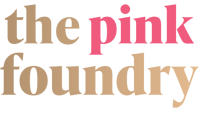

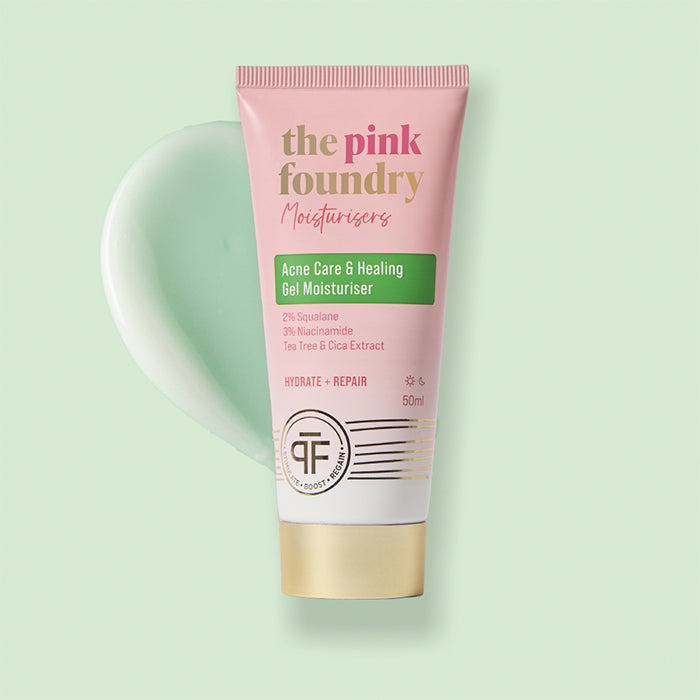



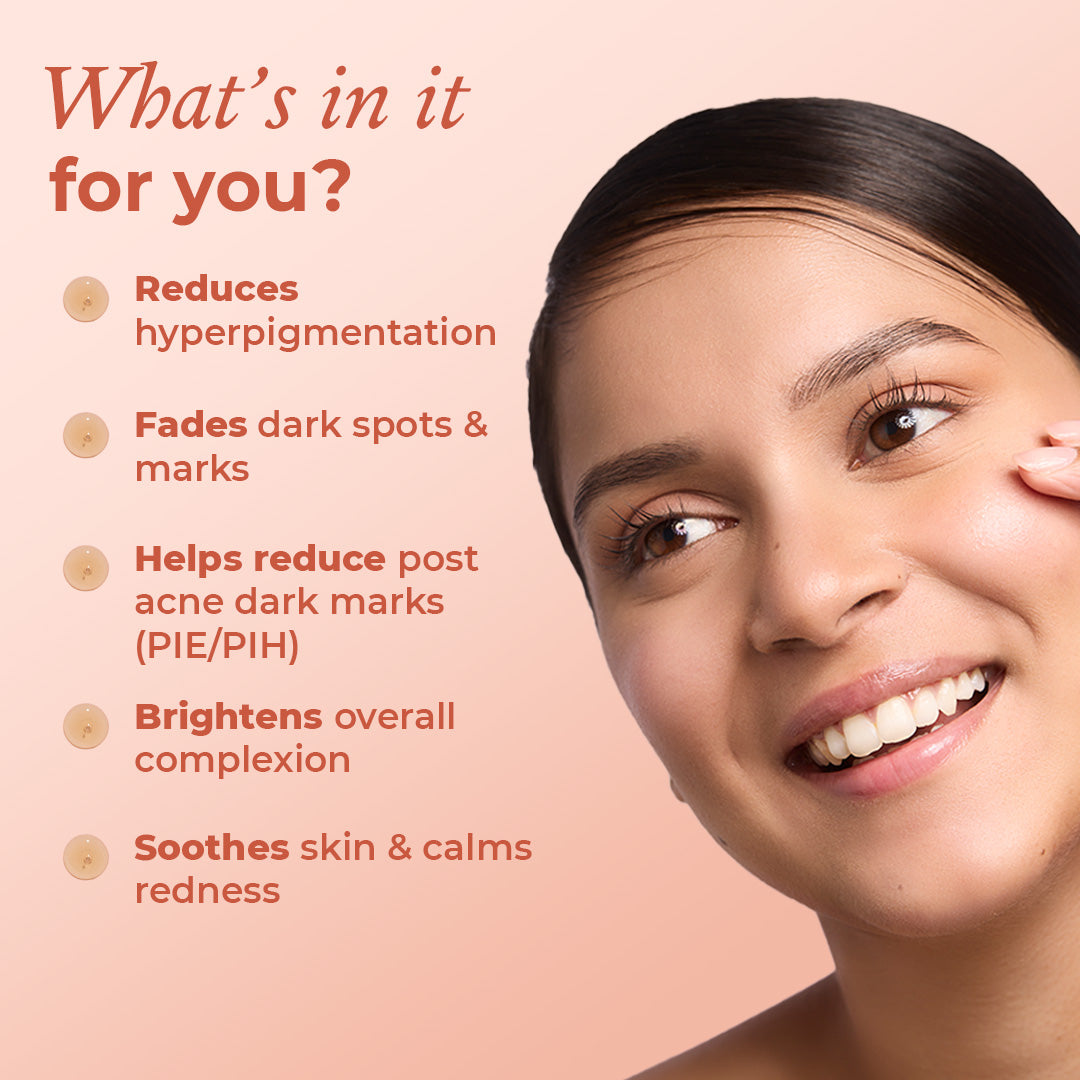

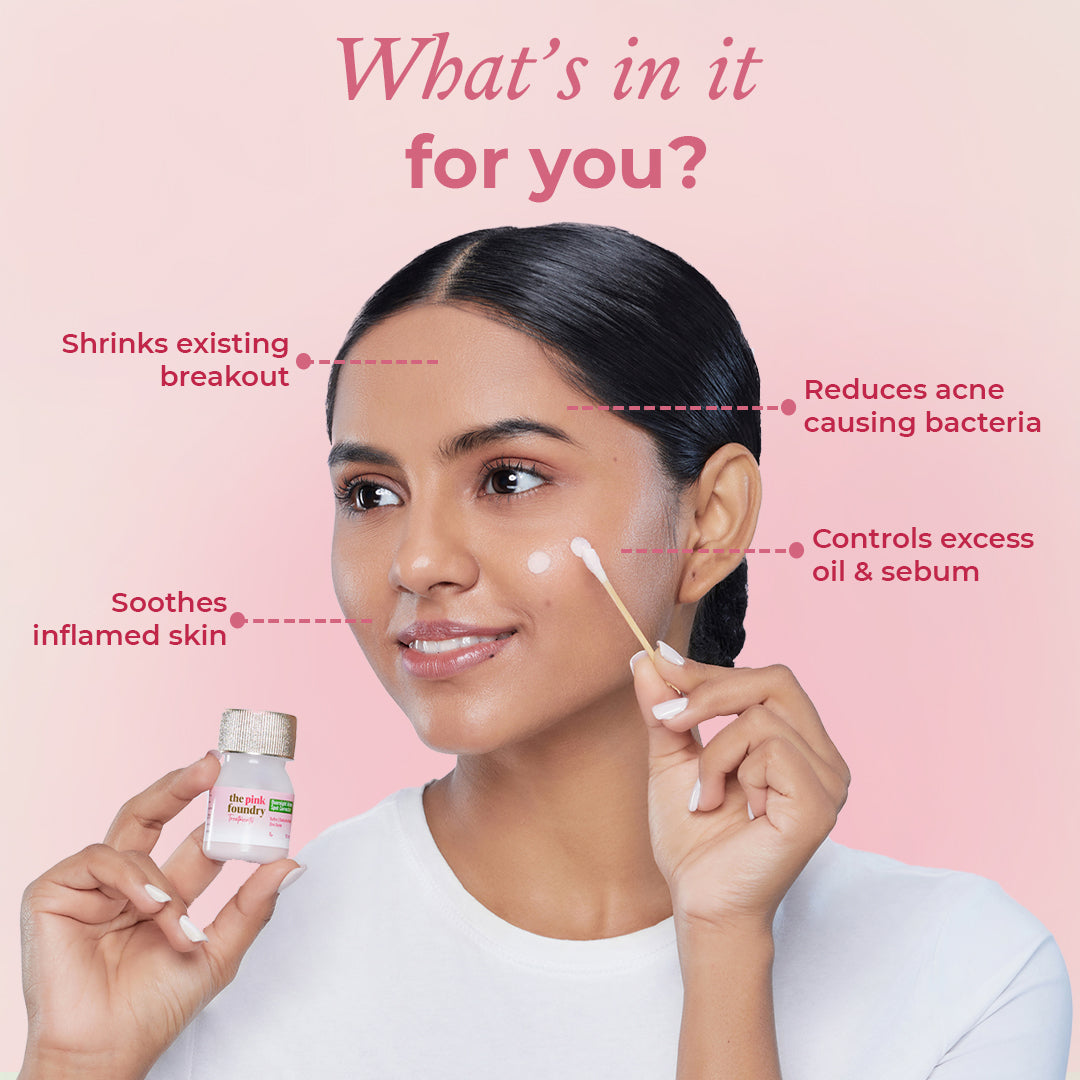
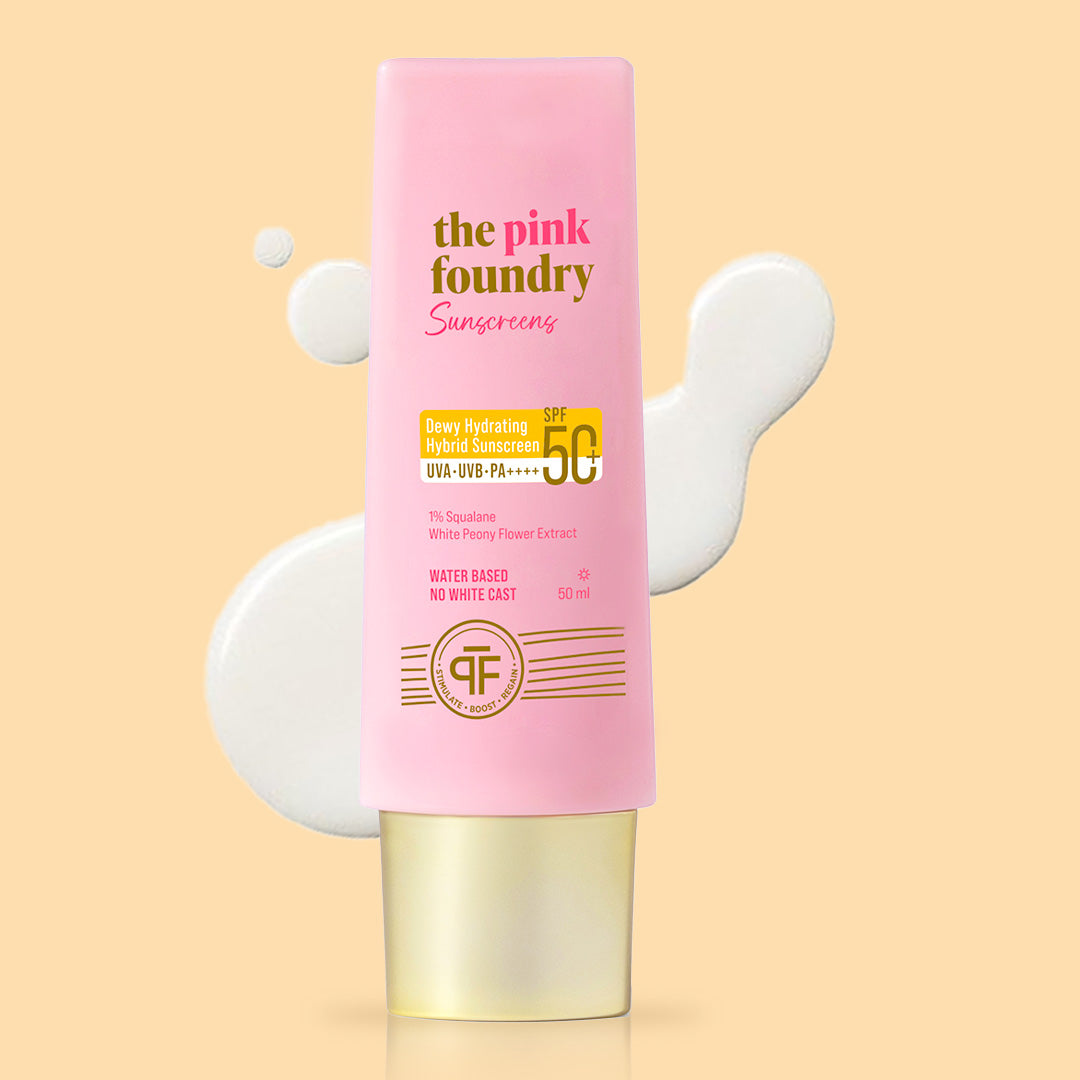
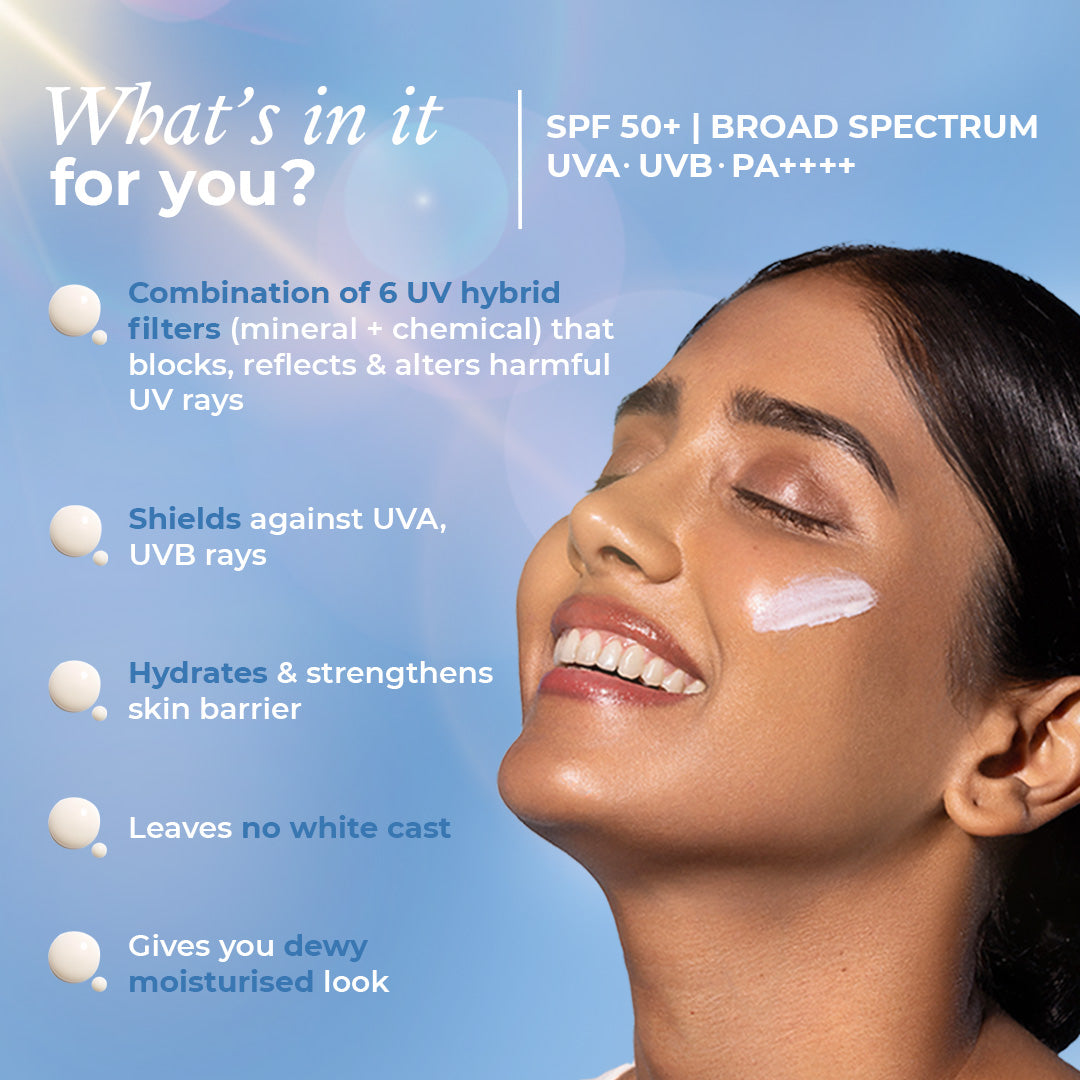
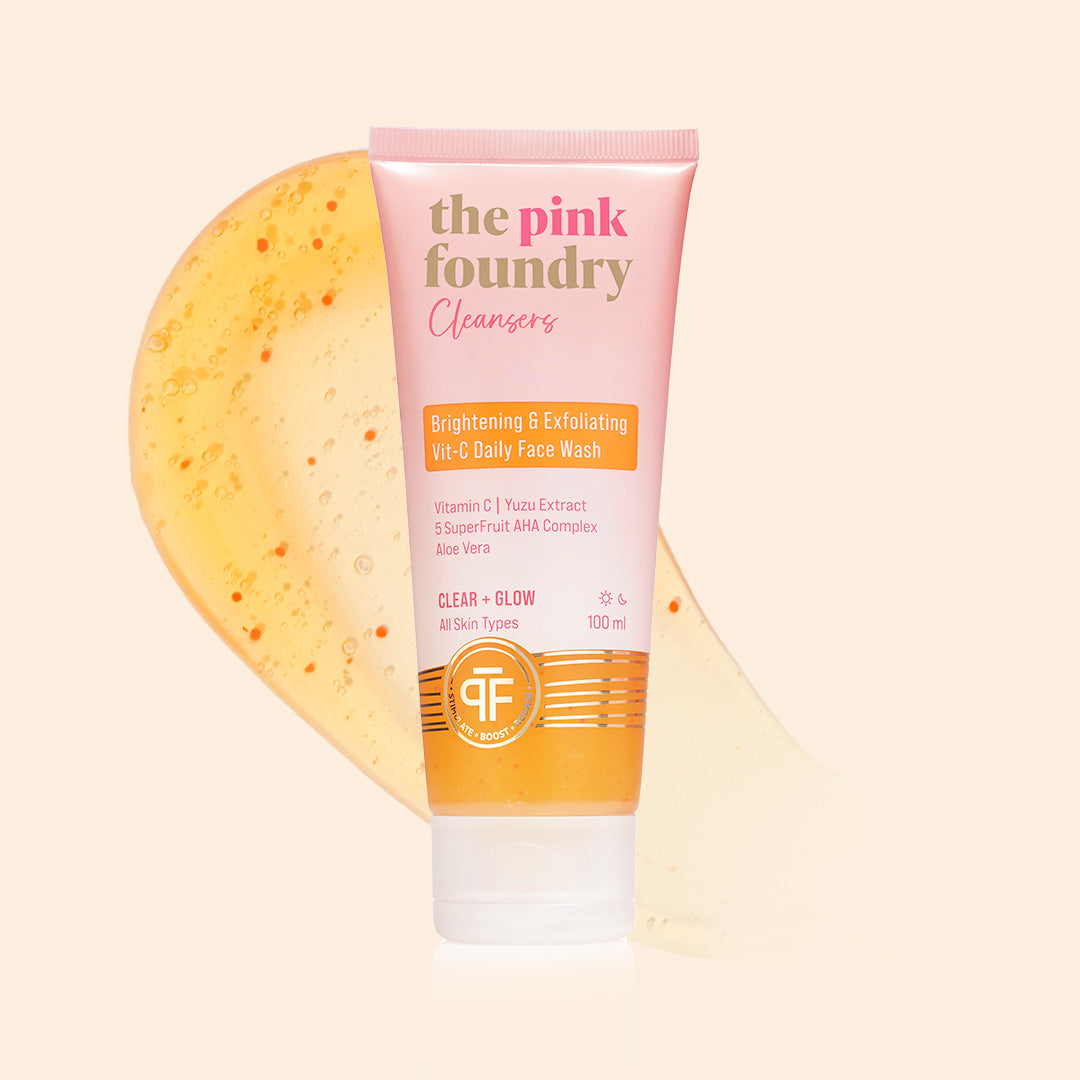
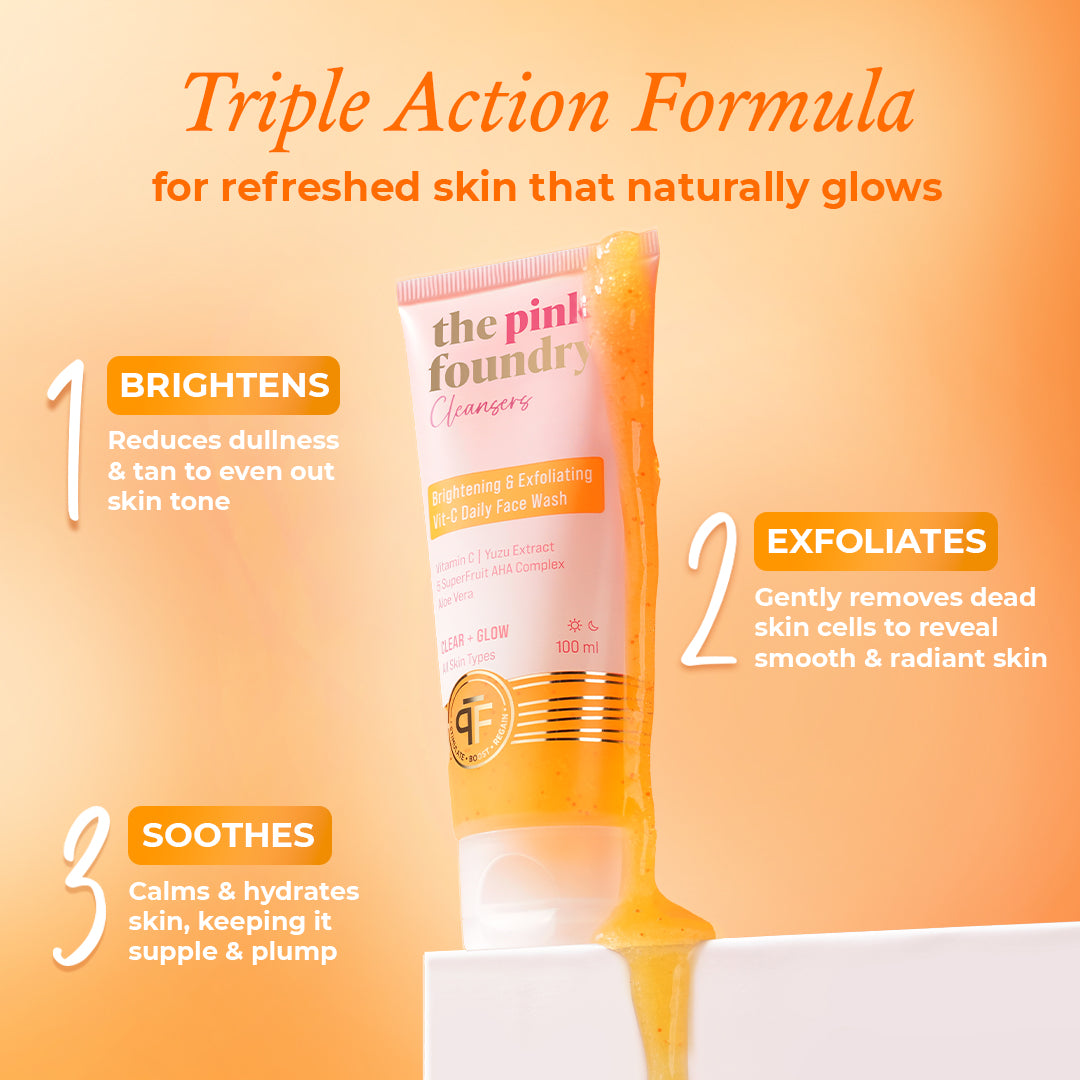
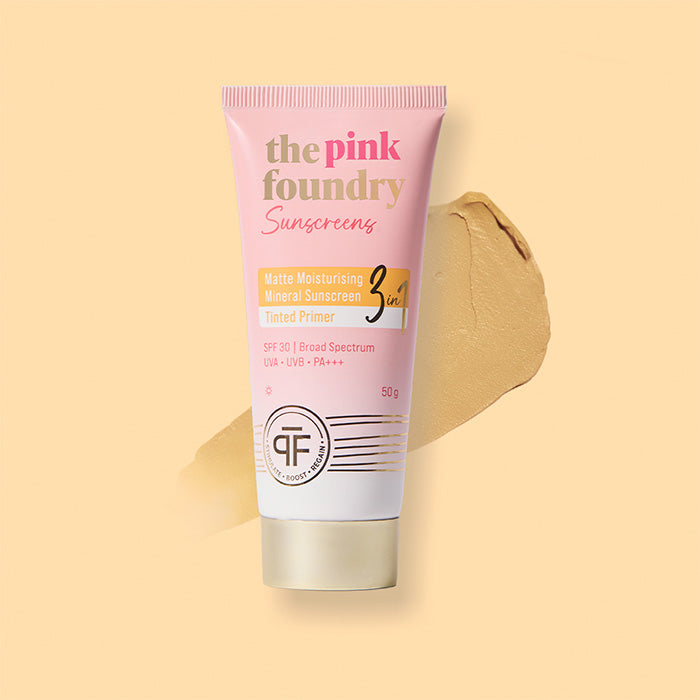
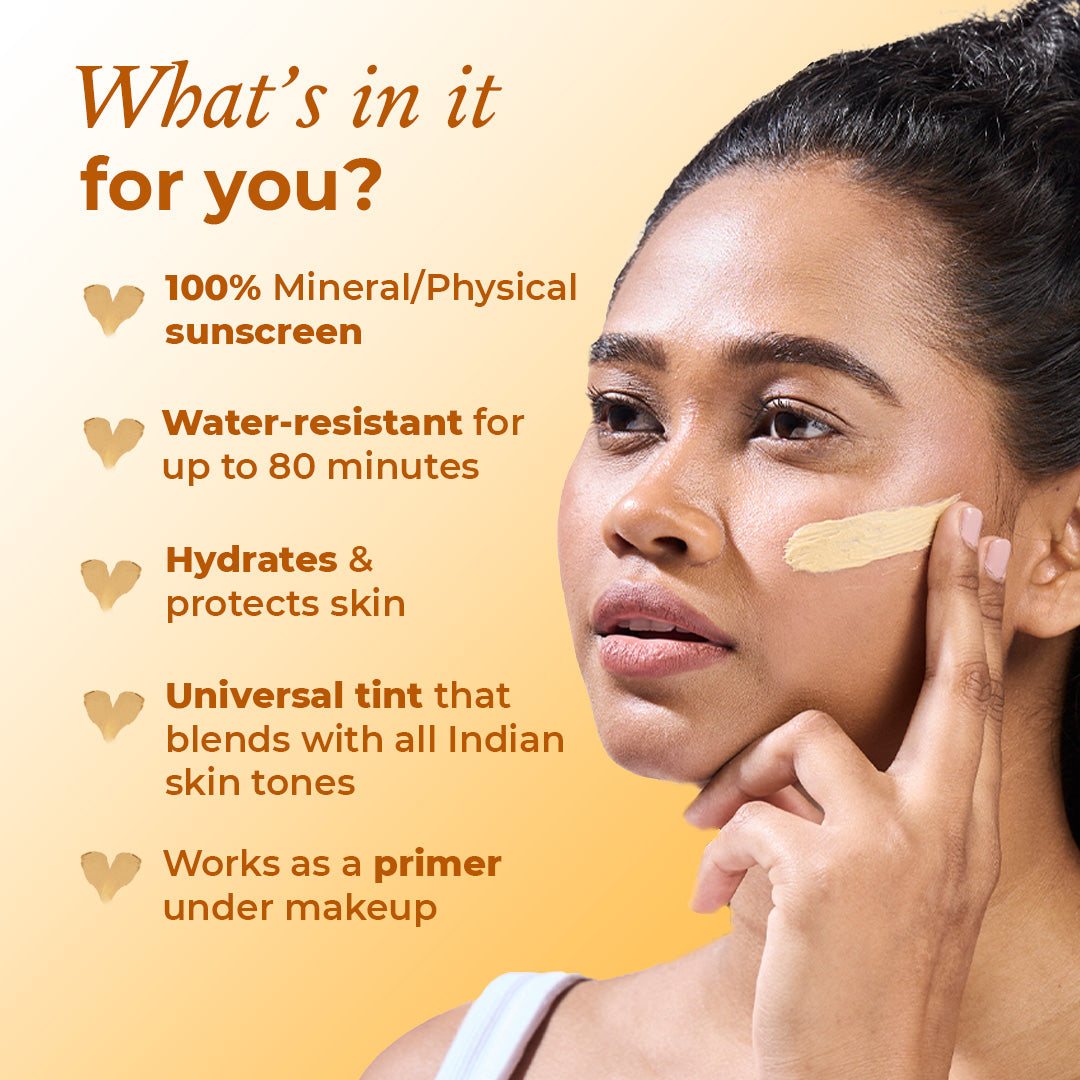
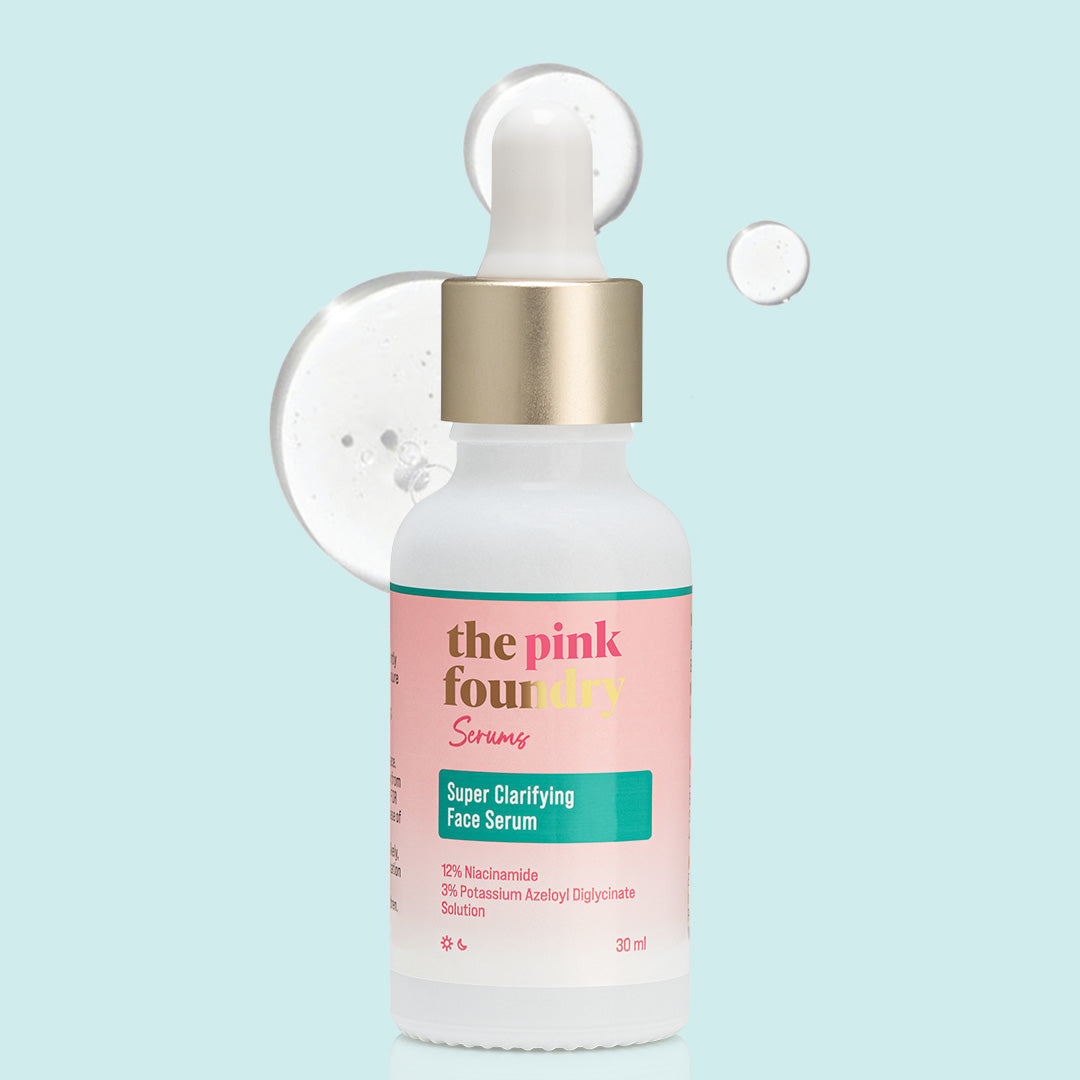
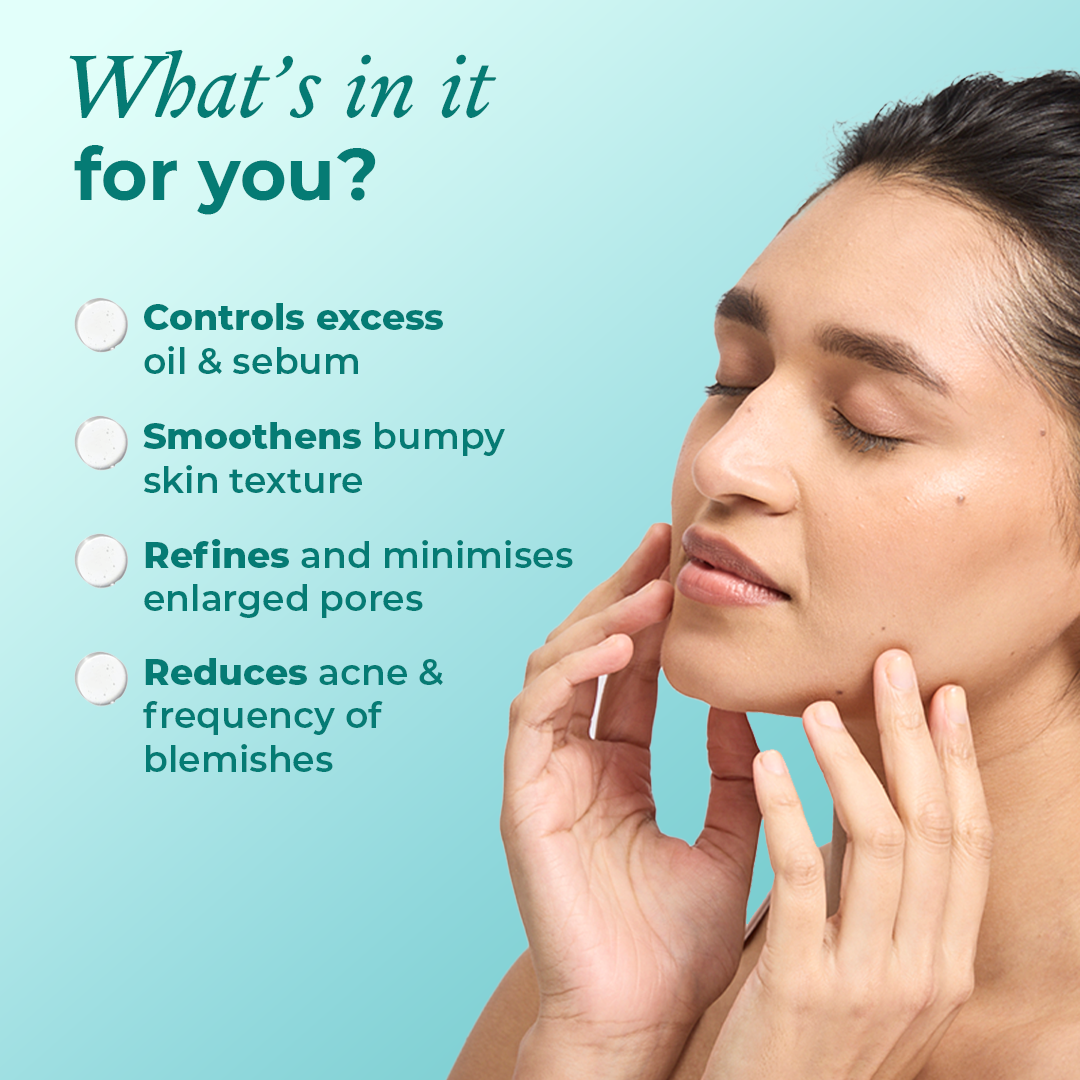

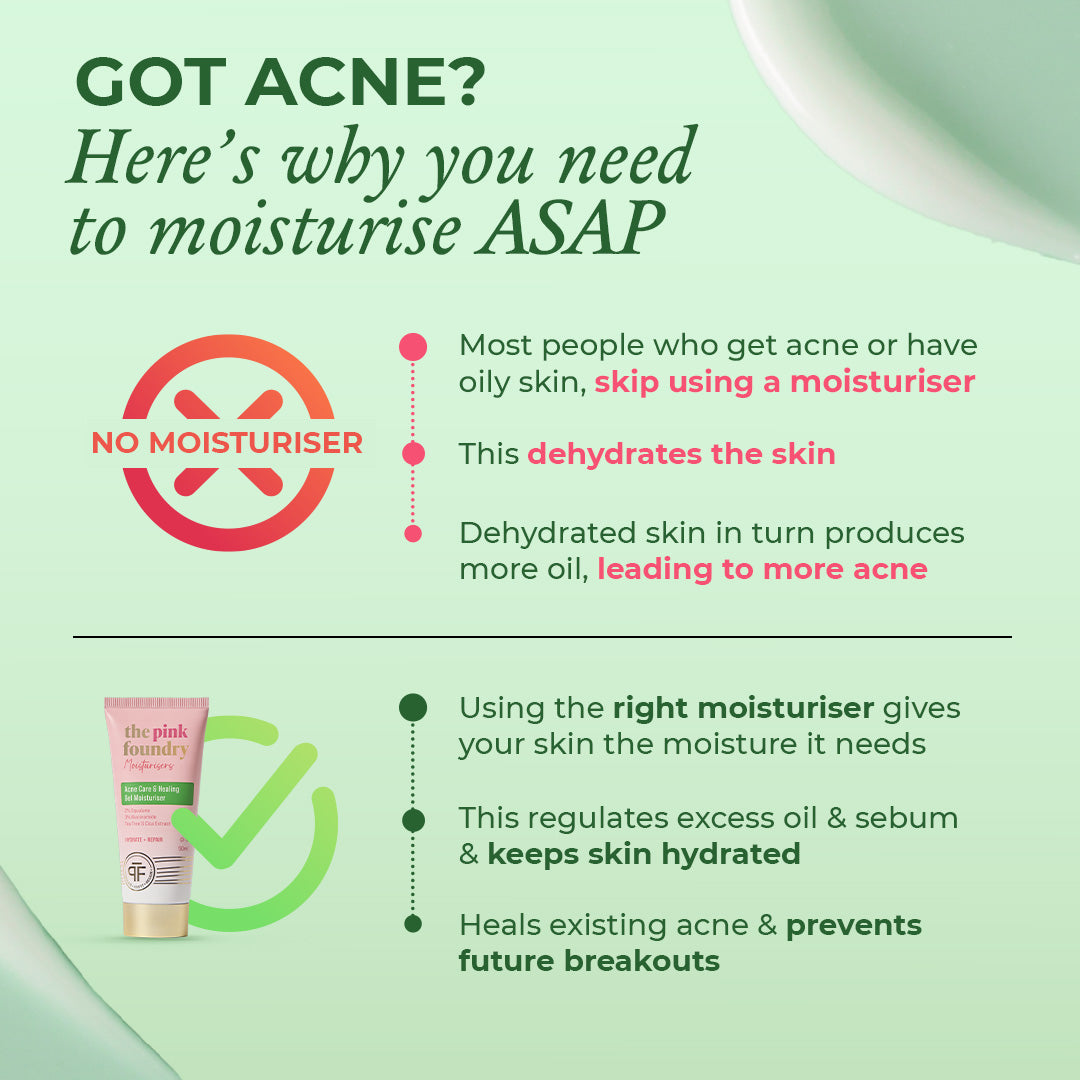
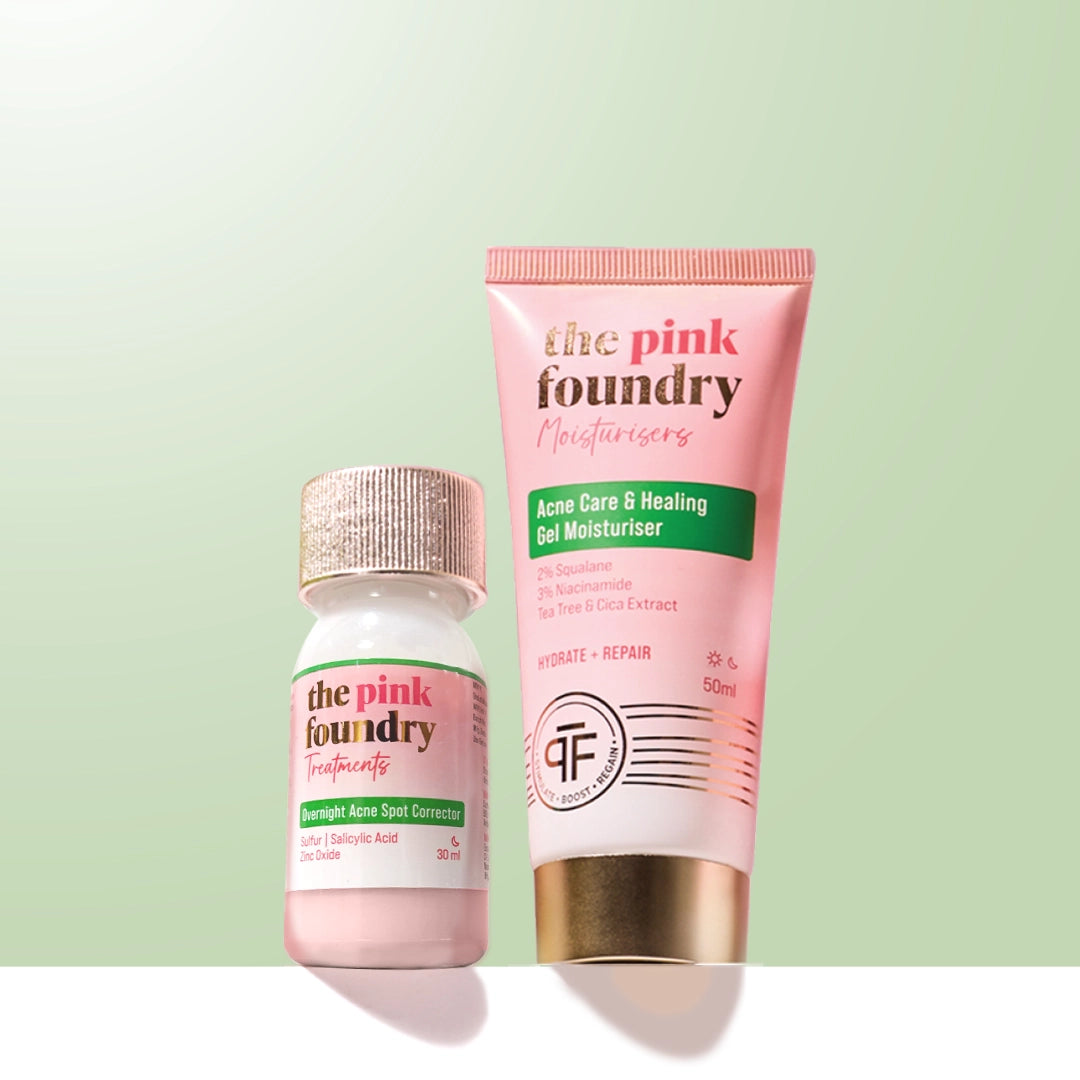
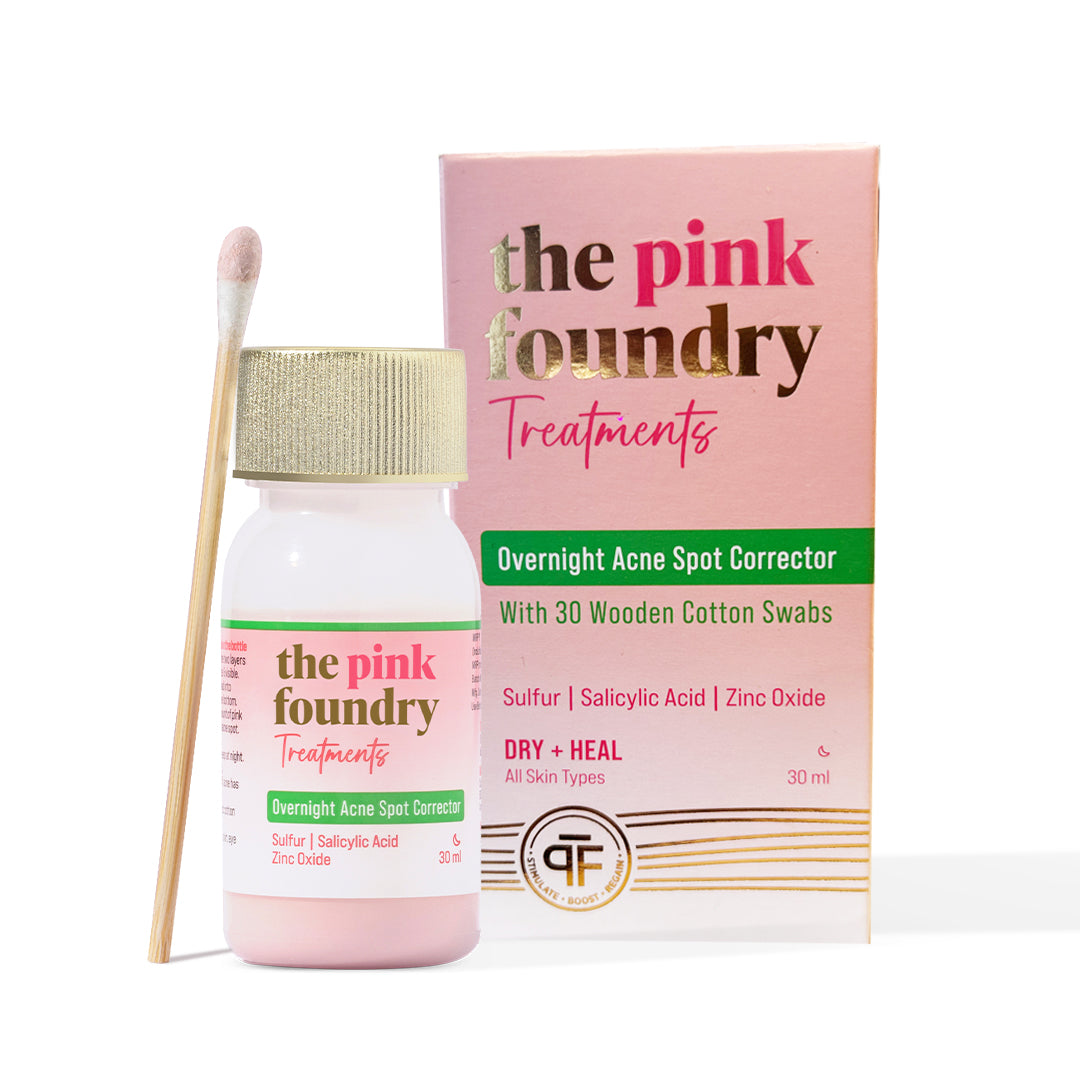
Leave a comment
This site is protected by hCaptcha and the hCaptcha Privacy Policy and Terms of Service apply.